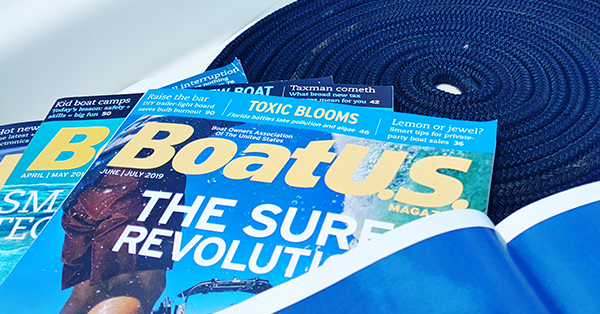Maybe electrical is the best place, just need a new thread.
this is a quote from page 3 in the ACR thread, but someone thought maybe we should start a new thread to avoid contaminating the fascinating (yet over my head) ACR/charging discussion.
This is my comment from that thread (post #49) that sparked some interest. After you catch up, come back here and comment.
I think my plan is to simply add a switch in the bilge to make the pump run if things leak. I try to visit the boat every two weeks when it is in the water, so I can't see things going bad unless there is a failure. I am also replacing the remaning two original pipe nipples with real thru-hulls, so I hope I don't have to worry about any leaks anyway. New hoses & double clamps everywhere should take care of that. The stuffing box drips about once every 15 seconds.
OK...have at it! (p.s.> Hope this is OK with the board Admins & Mr. Moyer! - they can certainly delete if they feel it is necessary.)
(p.s.> Hope this is OK with the board Admins & Mr. Moyer! - they can certainly delete if they feel it is necessary.)
this is a quote from page 3 in the ACR thread, but someone thought maybe we should start a new thread to avoid contaminating the fascinating (yet over my head) ACR/charging discussion.
This is my comment from that thread (post #49) that sparked some interest. After you catch up, come back here and comment.
Originally posted by sastanley
View Post
OK...have at it!
 (p.s.> Hope this is OK with the board Admins & Mr. Moyer! - they can certainly delete if they feel it is necessary.)
(p.s.> Hope this is OK with the board Admins & Mr. Moyer! - they can certainly delete if they feel it is necessary.)



Comment